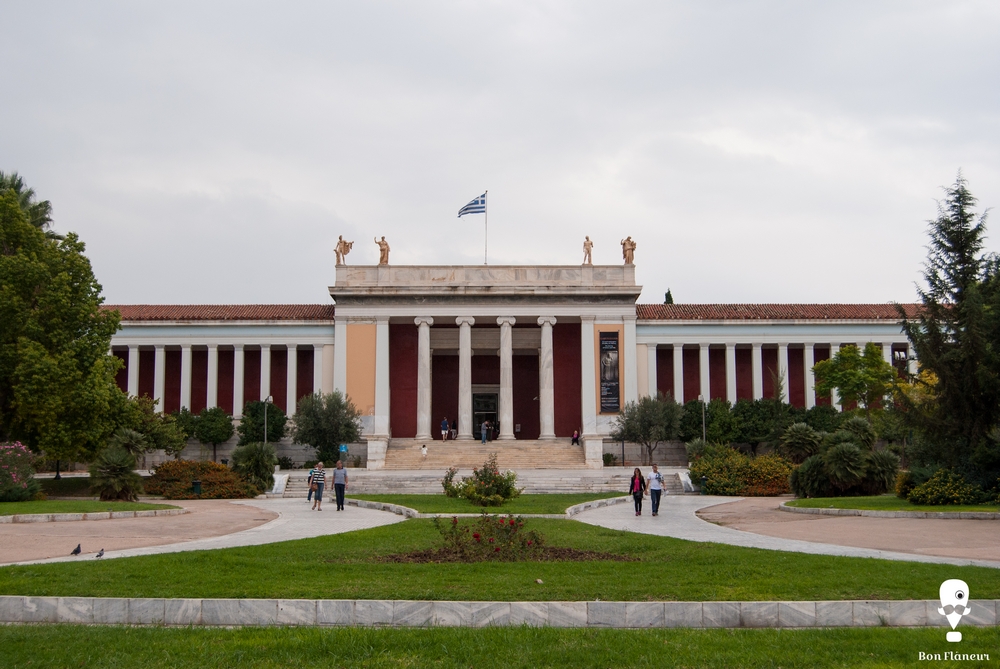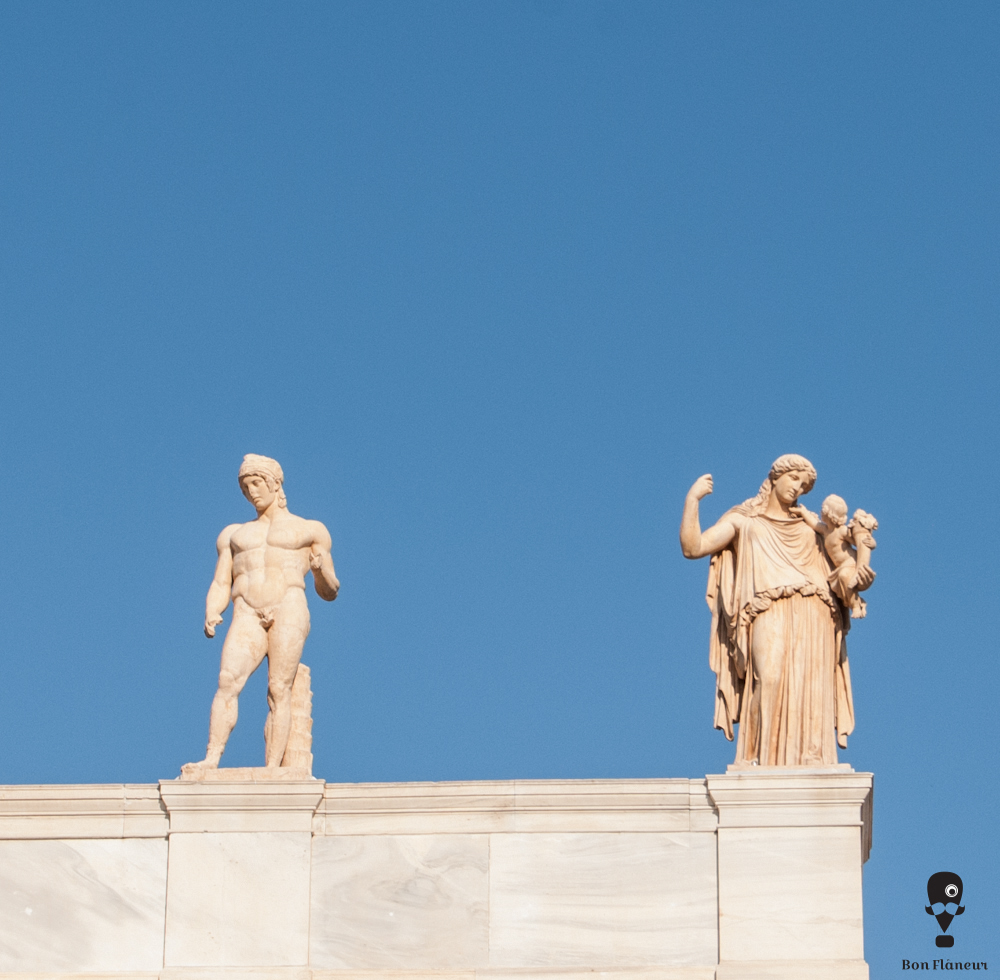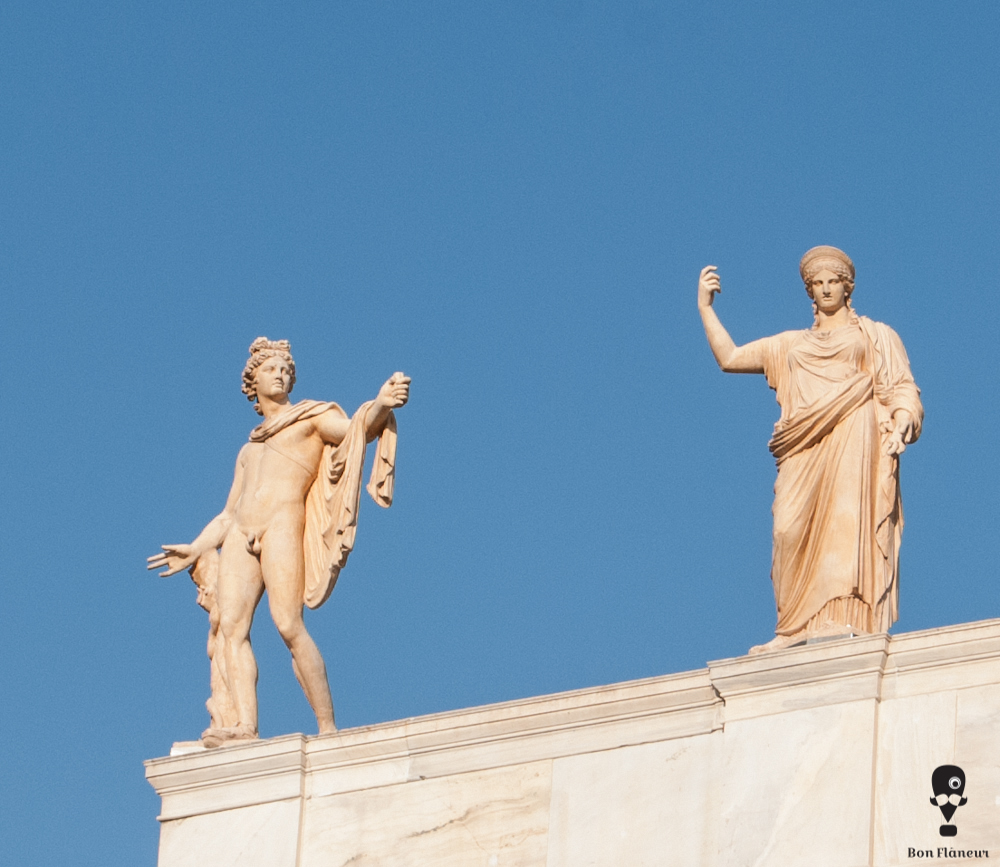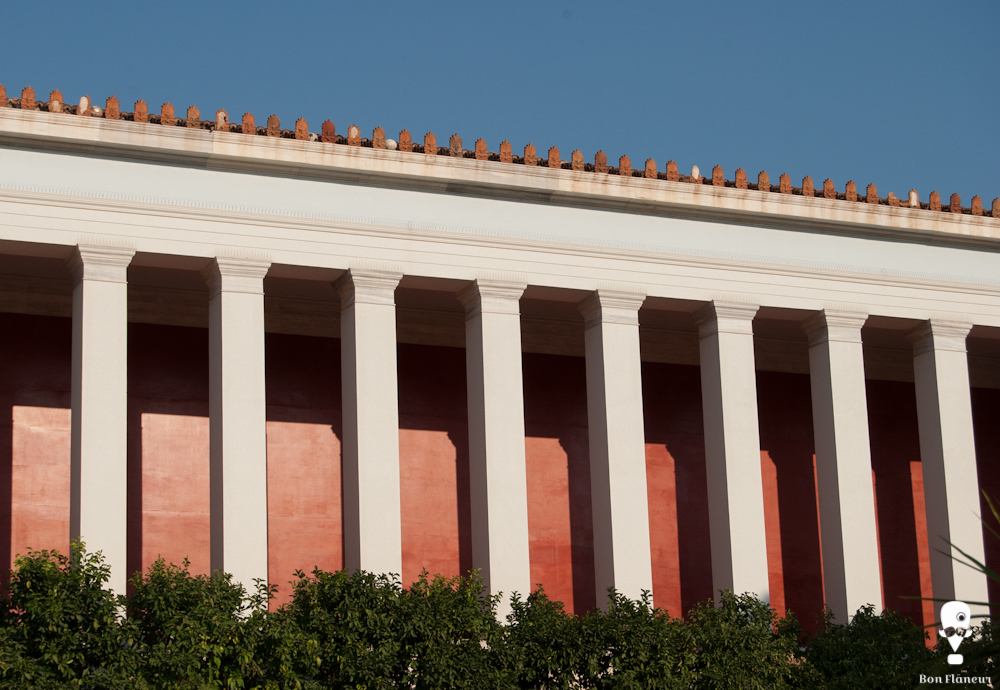National Archaeological Museum of Athens
The arc of Greek civilization, the National Archaeological Museum exhibits, which offer the visitor a spherical view of the ancient Greek civilization.
Location
Timeline
Modern and Contemporary era (1821 - )
1866 Beginning of construction in October 3rd, funded by Dimitris Mpernadakis.
1880 Construction completion.
1900 First expansion towards Mpoumpoulinas Street.
1938 Beginning of the second expansion towards Mpoumpoulinas Street.






Share